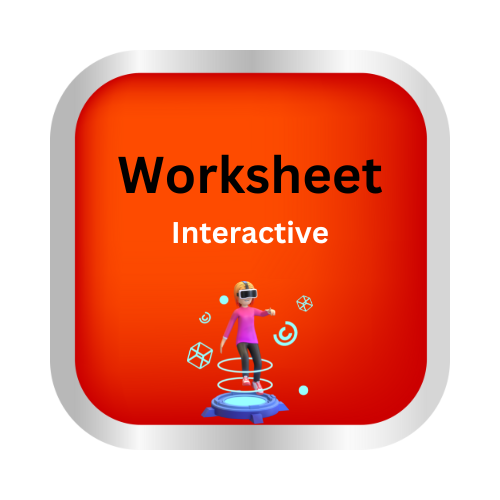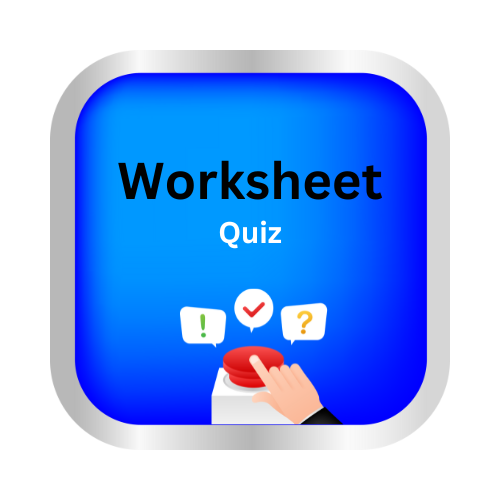Compare vertices, edges, and faces
key notes :
🟢Basic Definitions:
- Vertices (Corners): The point where two or more edges meet.
👉 Example: A cube has 8 vertices. - Edges (Sides): The straight lines where two faces meet.
👉 Example: A cube has 12 edges. - Faces (Flat Surfaces): The flat parts or surfaces of a 3D shape.
👉 Example: A cube has 6 faces.
🟡Visual Identification:
Use 3D objects like cubes, cones, cylinders, spheres, pyramids, and rectangular prisms to point out:
- Corners (vertices)
- Sides (edges)
- Flat surfaces (faces)
🔵Comparing Shapes:
Encourage students to compare different shapes:
Cube vs. Cone:
- Cube: 8 vertices, 12 edges, 6 faces
- Cone: 1 vertex, 1 edge (curved), 2 faces (1 flat circle + 1 curved surface)
Cylinder vs. Sphere:
- Cylinder: 0 vertices, 2 edges (curved), 3 faces
- Sphere: 0 vertices, 0 edges, 1 curved face
🟣 Use of Math Vocabulary:
Practice using math terms like “more than”, “fewer than”, and “the same number of”.
- Example: A pyramid has fewer faces than a cube.
- Example: A cylinder has no corners.
🔴Real-Life Connections:
Compare objects around them:
- Dice (cube) – has corners, edges, and flat faces.
- Ball (sphere) – no corners, no edges, just one curved face.
- Can (cylinder) – 2 flat faces and 1 curved face.
Learn with an example
Which figure has fewer faces?

Faces are flat surfaces. For example, this is a face:

Count the faces of each figure.

The rectangular pyramid has fewer faces.
Which figure has fewer faces?

Faces are flat surfaces. For example, this is a face:

Count the faces of each figure.

The triangular pyramid has fewer faces.

